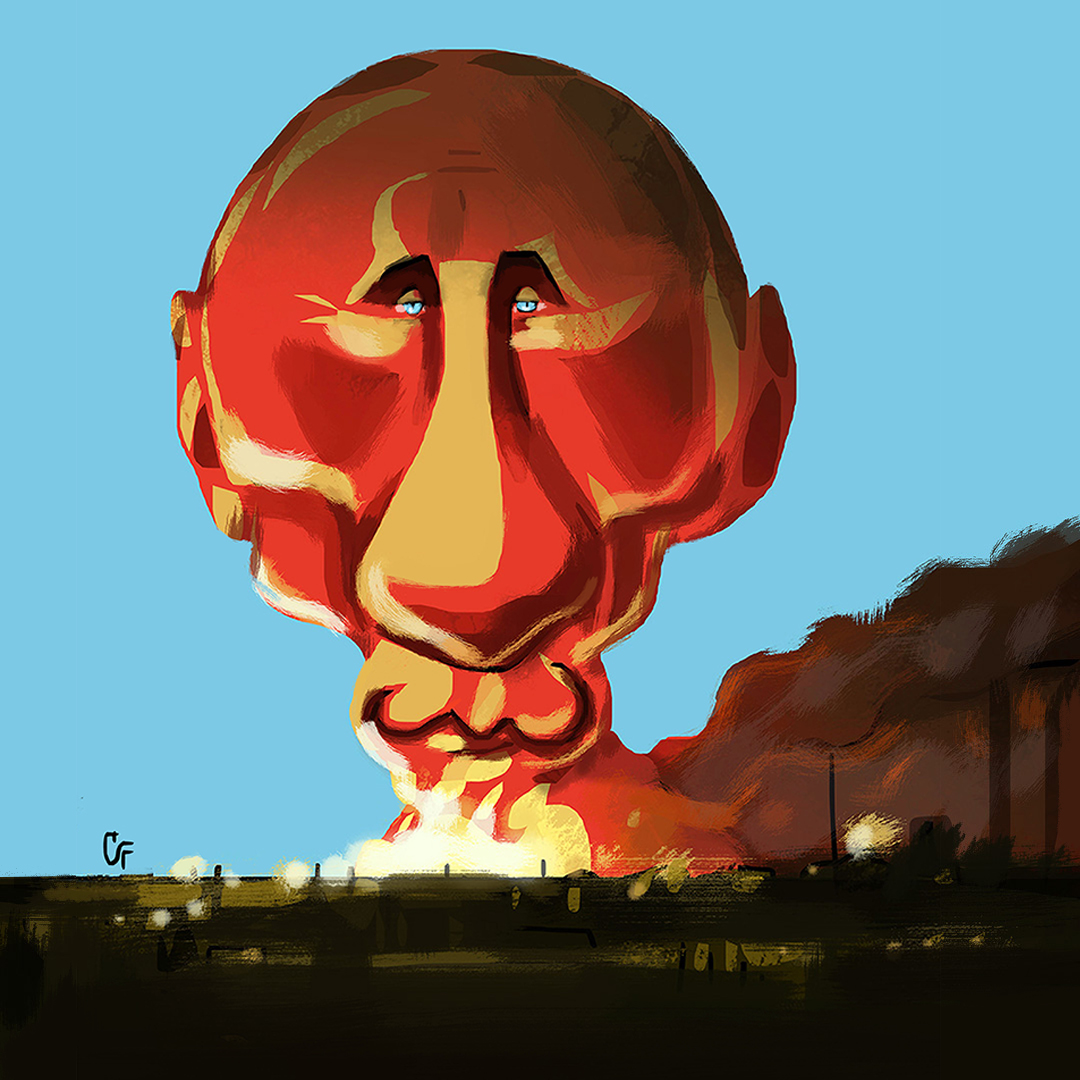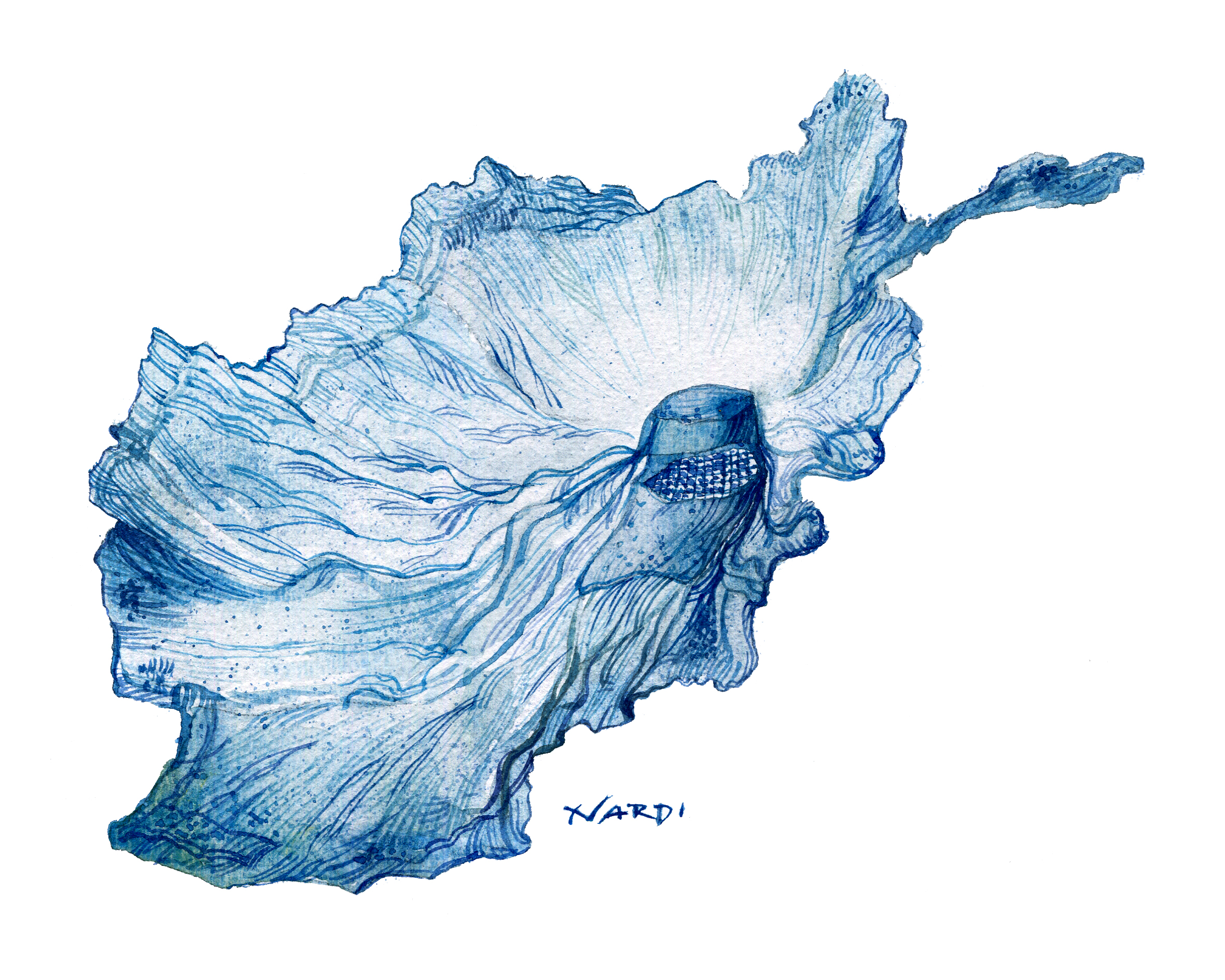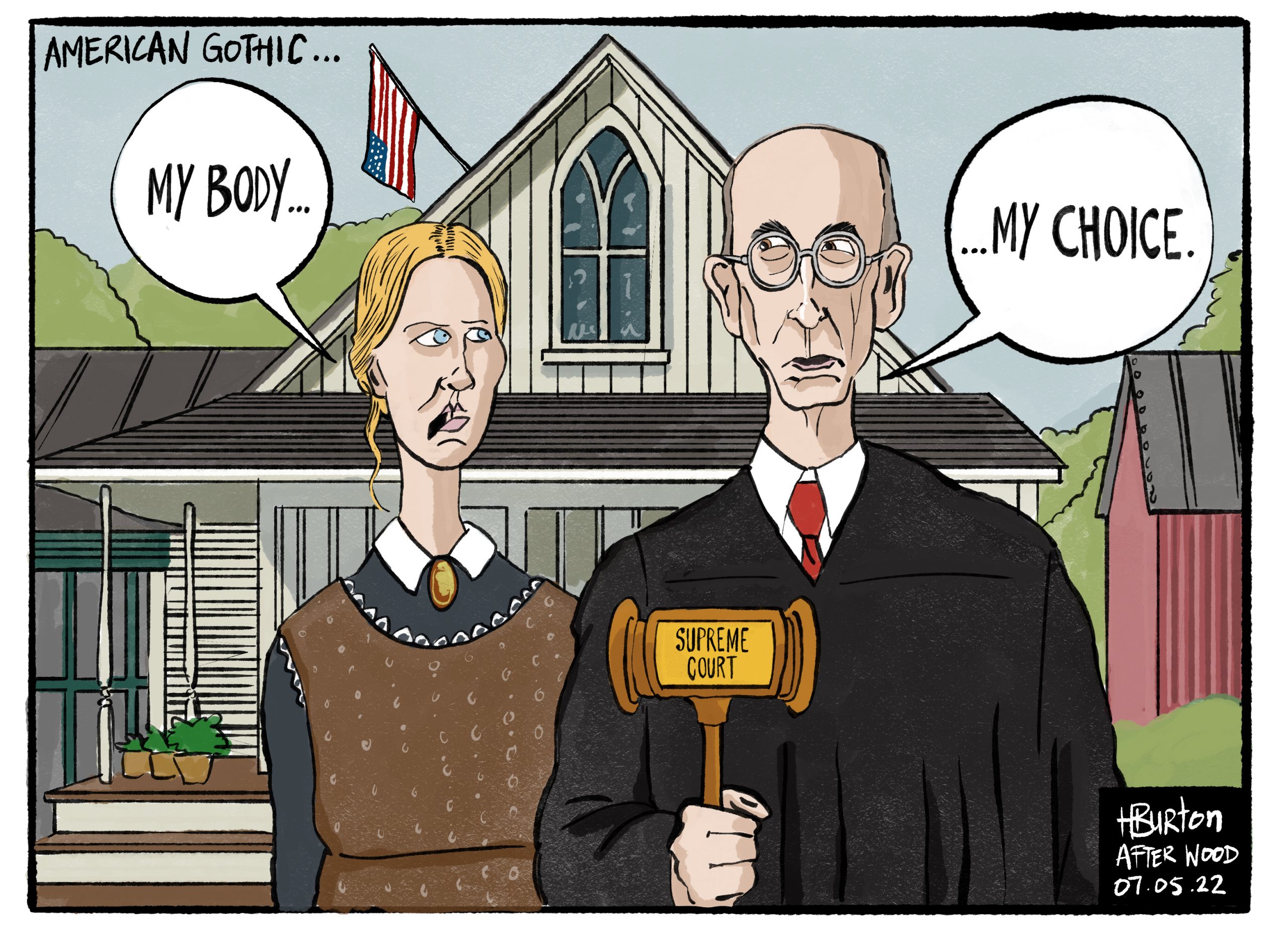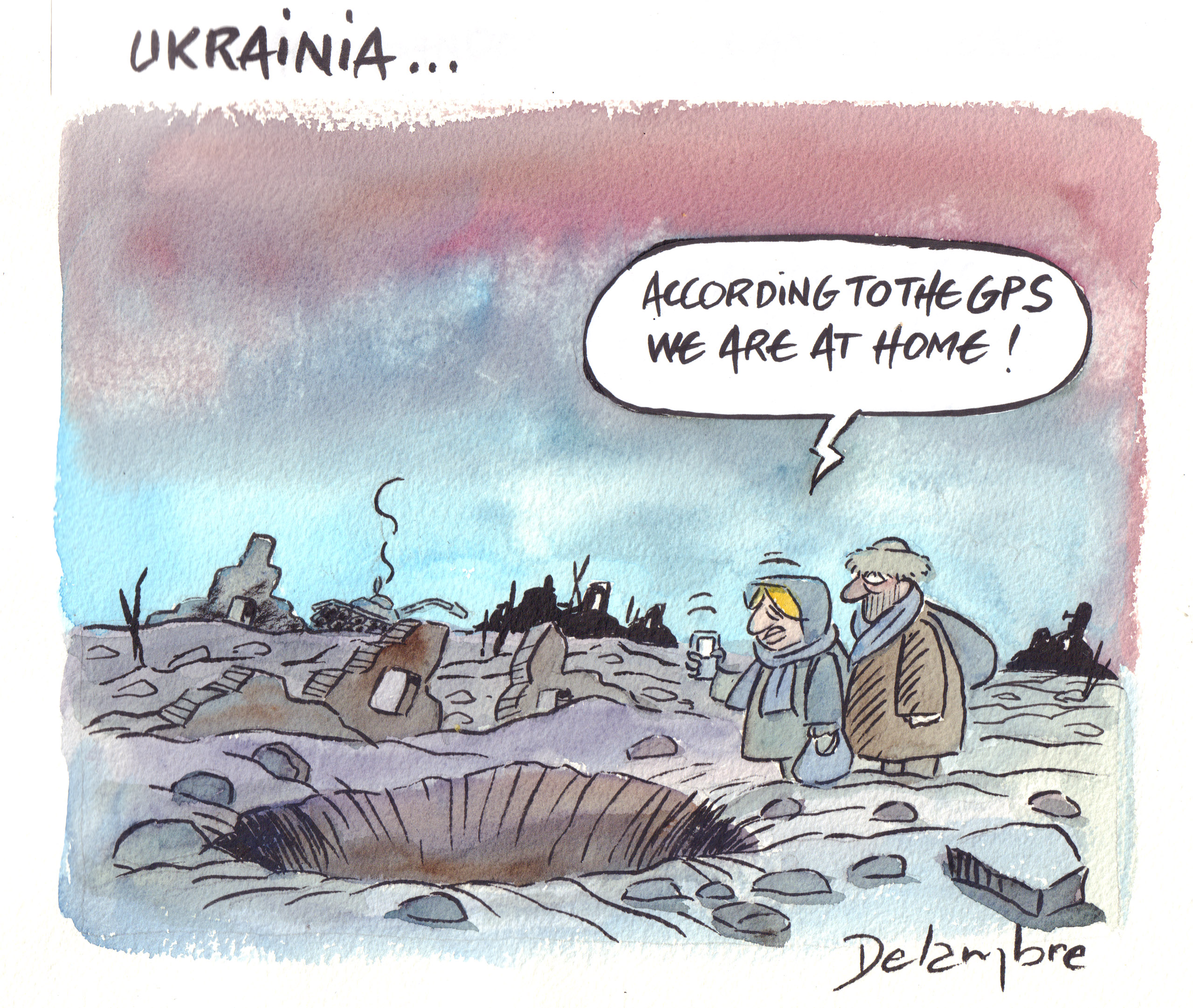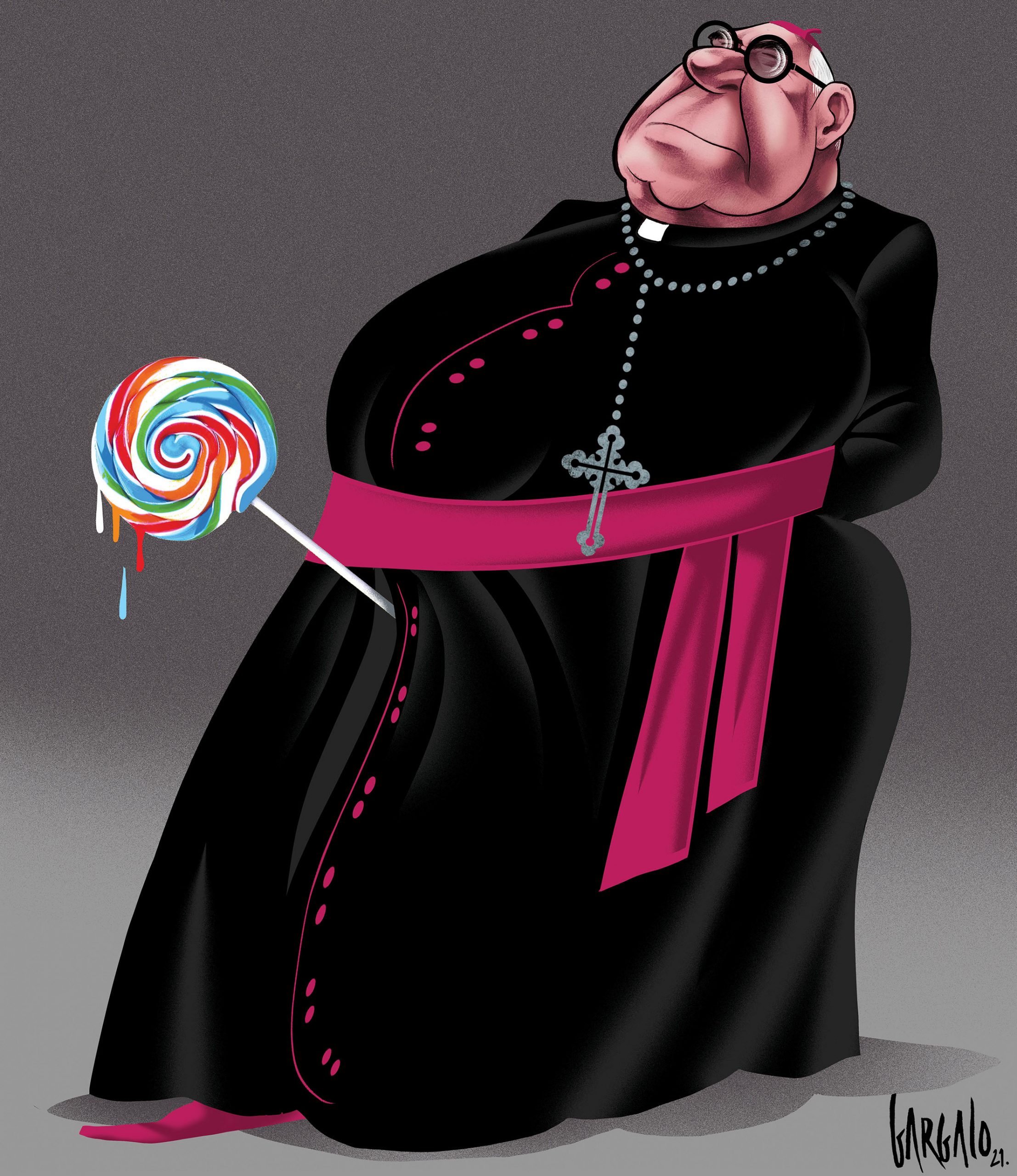Introducing the new Migration Journalism Award
A new season of the European Press Prize has begun. We will do what we do every year: we will find and celebrate extraordinary journalism. But with an important addition.
Migration journalism – journalism on migration, or from migrated communities – has been one of the most submitted and awarded topics in our Press Prize history. We receive dozens of entries on this topic each year, and our judges have honoured journalistic work focused on migration – Distinguished in 2019, Innovation in 2015, Investigation in 2022 – and made it the centre of the Special Award in 2016 – in effect creating this category back then.
And rightly so: journalism and migration are deeply entangled. Migration journalism affects the scope of information received by the public, and the way society perceives and relates to the topic of migration. Migration is also part of our own organisation, in every facet of it. We cannot ignore the influence of migration on European journalism – and therefore the importance of migration journalism.
We are fundraising for a new category
We took a new step during our last ceremony in Madrid: we joined forces with Fundacíon porCausa and the International Congress on Migration Journalism in Mérida. Our goal is to unite our communities and create a solid platform on which European migration journalism will stand.
This collaboration took the shape of a pilot for a possible new annual category: the Migration Journalism Award. We want to know what is out there, be able to share the amazing work done on this issue, and discover whether this indeed is the new category we envision, or it can remain a topic recognised as part of the existing ones.
We will, for the Migration Journalism Award, welcome work that highlights the social, economic and cultural contributions of migrants to their countries of origin and destination, and works that have contributed to raising awareness about migrants’ rights and helped to counter xenophobia, racism and discrimination against migrants and their families.
This new category is also part of using our laureate community to stay in touch with the right topics and methods to award. Migration has been requested many times by former winners and judges, as has for instance environmental journalism, a category we will pilot next year.
From October 1st onwards, it will be possible to enter work specifically in this category. Work entered will be read and reviewed by our Preparatory Committee. As they are in charge of the categories and shortlist, they will assess the number and quality of the pieces entered, and decide if they merit a new category, or will be – as done in the past – part of our existing categories (they will select the right one) or Special Award.
So enter your work. We will keep you posted.
And thank you for all the amazing stories on migration you have worked on, over the years.
Thomas van Neerbos – Director of the European Press Prize
The European Cartoon Award first exhibition in The Hague
Editorial cartoons belong to the public. What better place for them, then, than a museum? This is why we organised the first European Cartoon Award exhibition, which opened on September 22 at Beeld & Geluid in The Hague.
We are used to seeing editorial cartoons in print, in newspapers or magazines, or online, on social media and in online publications. But there are many other venues that are perfect for hosting this kind of visual satire. Museums, for example. And what an impression a well-crafted cartoon can make, when its size can be the same as the one of a painting!
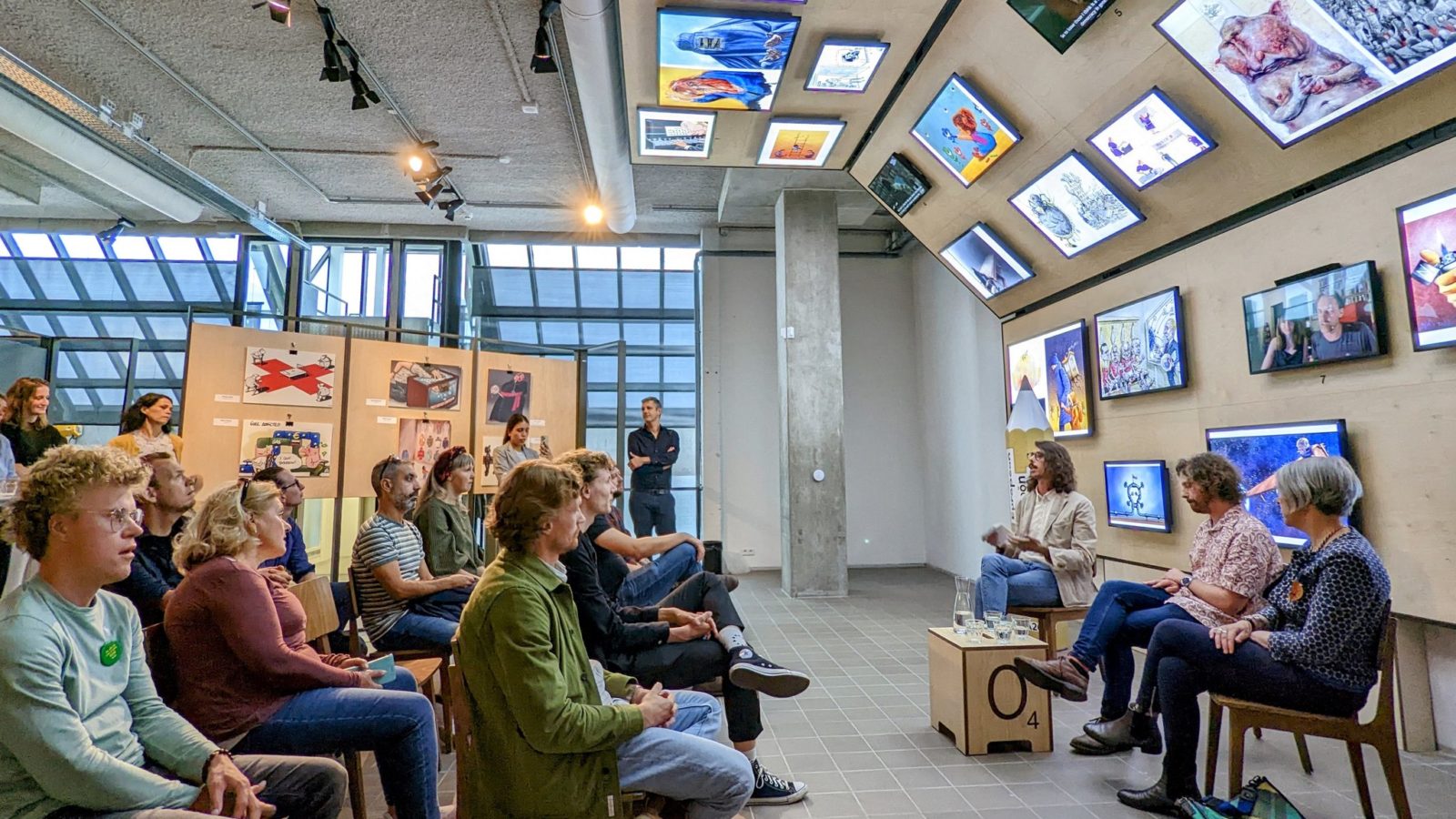
Our Head of Comms Emanuele Del Rosso, with cartoonist Harry Burton and journalist Janet Anderson
40 cartoons tell us the story of the past year
The European Cartoon Award received, this year, over 400 submissions, but only one-tenth of them made it to our annual exhibition.
Those 40 cartoons, the longlist of the ECA 2022, cover the most diverse topics: the Afghanistan war, women’s rights, Covid-19, Trump, abortion rights, migration, war, and much more. This corpus of editorial cartoons tells us about our recent history, about the many stories that we read about, talked about, and most likely worried about, in the last year.
If it is true that journalism is the “first rough draft of history,” cartoons are the “first rough laugh of history,” and laughing is often a coping mechanism that is crucial to process what happens around us.
Museums are only the beginning
We decided to organize a cartoons exhibition because museums are an excellent starting point, an incubator.
We believe that conversations on important topics, issues and ideas that affect our cultural spaces, can start in front of an editorial cartoon. It can then escape the rooms of a museum — exactly like it can leave the pages of a newspaper — and move from mouth to mouth, from brain to brain, fly into the streets and propagate a message.
This is the power of freedom of speech.


